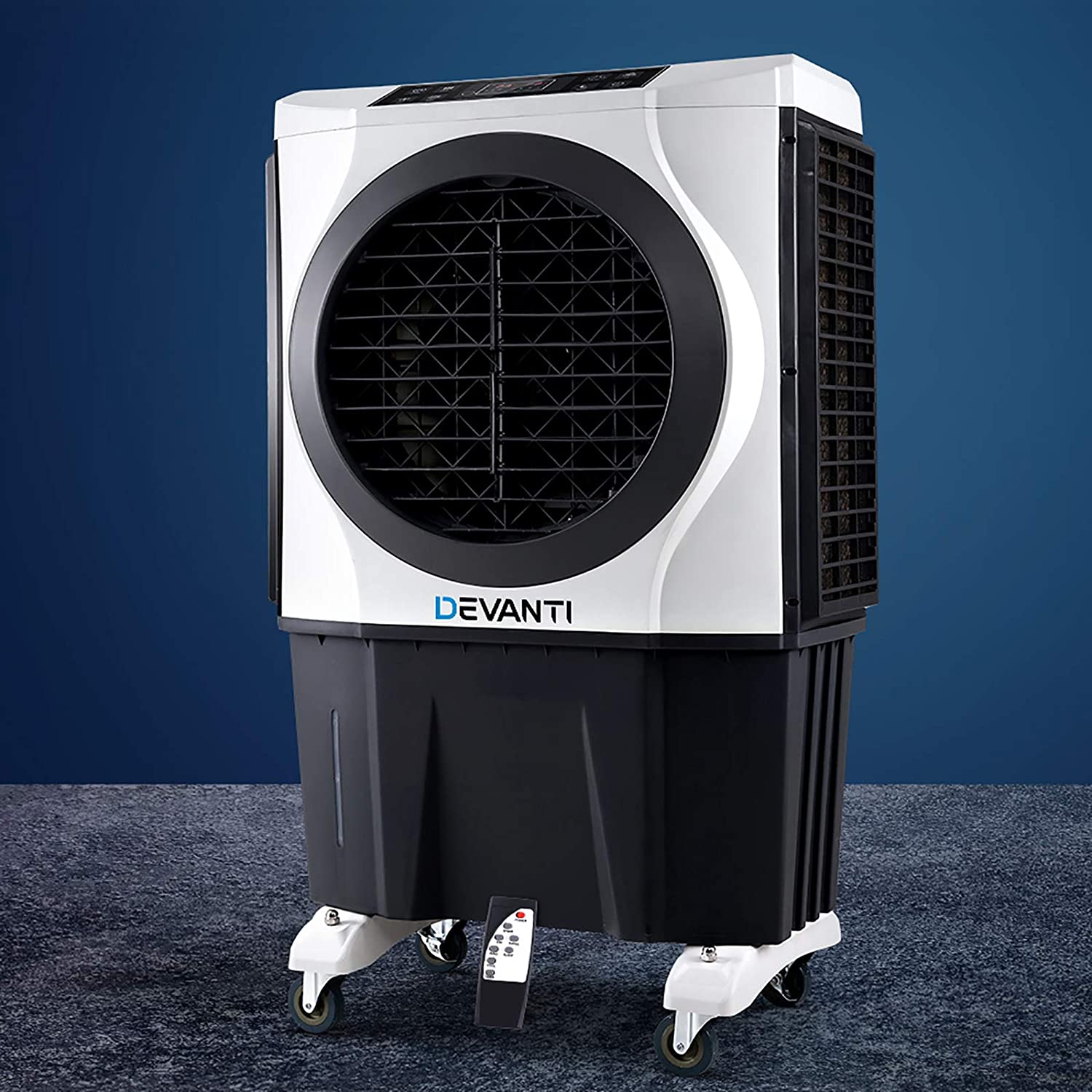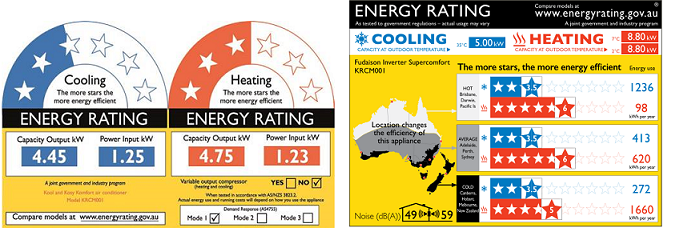Here's the game you didn't know you needed to play
Electricity distribution networks are complicated. So are the games based on them.
The summer issue of Energy Coach is packed full of simple, actionable tips, information and advice to help you minimise your energy usage, and your bills.

It still does not seem quite real, but summer is finally here! And so is this Summer edition of the quarterly Energy Coach newsletter from Bill Hero, packed full of simple, actionable tips information and advice to help you look after the other side of the energy bills savings coin – minimising your energy usage.
Not a Bill Hero subscriber yet? With energy prices up across the market, there's never been a better time to subscribe.

Not a subscriber yet? What are you waiting for! Never overpay for energy again! Bill Hero automatically compares every bill to help keep you always on the best priced plan.
Electricity usage can soar over summer, mainly due to higher air conditioning usage, and if you have a pool, this can also be a major factor.
You can manage your consumption and keep the costs down by being prepared and staying on top of your usage.
If you're on an energy plan that includes exposure to wholesale energy prices, be aware that these rates can spike extremely high, especially on those heatwave days in summer, so you'll need to be extra careful to manage your consumption.
Sometimes, the best way to defeat the heat in your home is to avoid it altogether. With some changes to your daily routines and a few simple hot-day tricks, you can minimise your reliance on costly mechanical cooling.
Insulation is the single best investment you can make to maximise comfort and minimise energy consumption year-round. Up to 50% of the energy used to cool an uninsulated home is wasted through warmer air leaking into your home.
Insulation does not just mean improving the thermal barrier in walls and ceilings. It also means closing all the gaps and leaks to minimise airflow
We tend to really notice air leaks in winter when cold air gets in, but it's just as important in summer. Leaks and gaps are your worst enemy for energy efficiency and comfort year-round, so it's time to seal up any gaps around windows, doors, architraves and cabinetry.
The best place to start is by draught-proofing your external doors - the biggest thermal differences will always be between the inside and the outside of your home.
And once, that's done, you should also draft-proof the internal doors as well. In particular, you should target the internal doors that you can use to close off a smaller space that you spend the most time in. In many houses, there is a hall door that links living areas with the bedrooms. This should be well sealed, along with any other doors that access your main living area. Also seal doors to those rooms that you spend the least time in, such as bedrooms and bathrooms.
And don't stop with the doors - check your window frames and architraves, which can often have large cracks and gaps, and fill them.
There are many easy-to-install tapes and door-seal products that you can use to quickly and easily stop the draughts around your doors.

Insulation and air leaks aside, maximising shade is one of the best ways to beat the heat in your home.
Keep your windows shaded on hot days. Awnings or shutters will protect your windows from direct heat. It's especially important to make sure that any north- or west-facing windows have good shade protection.
Close your windows and curtains early in the day if you know it's going to be hot, don't wait for the heat to rise. Then, when the temperatures eventually drop outside, open your windows and doors to maximise ventilation.
If you can, plant trees and bushes outside your windows and walls to provide natural shading. It will take time for them to grow, but this natural shade will pay off with better comfort and lower energy consumption and bills over the long term.
A strategic option is to plant deciduous trees to the north and west of your home - these will shed their leaves in autumn, maximising light and warmth over the colder months, and the leaves will grow back in spring for maximum shade in the hotter months.
Summertime is when solar systems come into their own. More sunlight hours in the day means more opportunities to self-generate electricity.
Bill Hero partner SolarQuotes will help you choose a reputable solar installer.

Bill Hero has partnered with SolarQuotes, the leading Solar quote provider in Australia, to help you get up to 3 no-obligation solar quotes from fully qualified installers, absolutely for free.
You can get efficient cooling by using a fan instead of an air conditioner, but be sure to position your fan to get the best benefit.
Counterintuitively, you can maximise the airflow through your home by pointing your fan to blow air out through a window, and by positioning it about 60 cm to 1 m away from the window. That sounds crazy, but it works. Here’s the proof:
Evaporative fan coolers are an inexpensive alternative to air conditioners. These devices are fans that include a water reservoir, and sometimes also a dehumidifier, and air filtration. These devices will naturally cool your home through evaporation.

4-in-1 Functions -Air cooler, fan, humidifier, purifier. Huge 60L water tank capacity Up to 5,000m³/h airflow.
Only use your air conditioner when necessary and don't set the temperature too low.
You should keep it set between 25°C and 27°C. Every degree higher will save you between 5 and 10% on your energy use. Don't spend money on cooling your home when you're not there. Use the programmable thermostat to suit your schedule.
If your air conditioner has a compressor that sits outside, set things up so the compressor is shaded, this helps minimise its workload and power consumption.
You should have your air conditioner serviced regularly by a licensed technician, but there's a simple thing you can do yourself to improve efficiency and maximise the longevity of your unit - clean the filters!
As the weather gets hotter, many households will finally bite the bullet on a long-postponed need to install or replace a new air conditioner.
When buying a new air conditioner, look for the Zoned Energy Rating Label (ZERL) for detailed energy efficiency information on each device.

ZERL provides a seasonal efficiency rating for 3 climate zones across Australia which will help you choose the most efficient models best suited for your location
Ratings labels are not compulsory for ducted systems, but you can still view their energy efficiency performance on the GEMS Registration Database.
If you're in the market for a new air conditioner, it's important to choose the right-sized unit. Airconditioners all look pretty much the same, but they can have very different ranges of heating and/or cooling capacities.
Sizing for air conditioners is rated as a kilowatt (kW) capacity output figure. This is different to the power input, measured in kWh, which is the amount of power required to produce the listed cooling and/or heating output. You'll find the kW rating on the energy rating label, as well as in the manufacturer’s product literature.
The size air conditioner you’ll need will depend on many factors in your home including the size of the space to be heated or cooled, the materials and thermal properties of the walls, the insulation, and the number, location and orientation of windows and doors.
Your location and climate conditions in your area are also important. If you live in a cool climate, or regularly experience low temperatures, you'll need a model designed to perform in these conditions. Some manufacturers test their products at colder temperatures and provide the capacity output rated for 2°C environmental temperature.
Investing in the right-sized unit will mean you’ll stay comfortable in your home without using more energy than necessary. Undersized units will have to work harder and may be unable to reach and maintain your preferred temperature. Oversized units will consume more energy than necessary and will also cost more upfront.
It’s best to get professional advice on the size of air conditioner to look for.
Pools and spas can use as much energy as your dishwasher, clothes washer and dryer combined.
If you're installing a new pool look into natural pool designs that use biological filters.
See the Voluntary Energy Rating Labelling Program (VERLP) for energy-efficiency ratings of various pool and spa pumps.
The most energy-efficient pool pumps can be run at different speeds, rather than only running constantly at high speed.
Pool pumps with more than one speed can be run slowly for filtering, which consumes less electricity and can be sped up when more power is needed.
Minimum energy performance standards and mandatory Energy Star labelling requirements were introduced for swimming pool pumps earlier this year.

These new Energy Star requirements have removed the least efficient pool pumps from the market and allow pool owners to make more informed purchasing decisions to reduce their electricity consumption and lower their energy bills.
Energy-efficient pool pumps make sense even with a larger up-front cost. For example, a 3-star single-speed pump would have a lifetime cost of around $3,900 compared to $2,750 for a 7-star variable-speed pump.
More information about the new pool pump ratings requirements is available on the Energy Rating website and in the product Determination.
It just happens to be the start of summer now, but some energy efficiency tips are timeless and apply at any time of year.
Don't waste energy and money on overheating your water. If you routinely need to mix-down the hot water temperature from your taps, then it's set too hot. The recommended setting for thermostats is 60°C for storage hot water systems and no more than 50°C on instantaneous systems.
Turn off your storage hot water system if you'll be away from home for more than a few days. After turning it back on, don't use it immediately. You'll need to allow time for the water to become hot enough to kill any bacteria that may have grown. The water must remain at or above 60°C for at least 35 minutes before you can safely use it. It could take hours to reach this temperature.
Use a water-efficient showerhead. A 4-star rated showerhead can save a family of 4 around $315 a year on water bills, there will also be savings on energy bills because less water will need to be heated.
Plan to replace your hot water system with an energy-efficient model such as a heat pump. Research the options in advance to avoid making a rushed decision.
These are occasional purchases, but by always choosing the most energy-efficient appliances your savings will add up over time, and outweigh a higher purchase price.
Use your appliances efficiently. For example, washing clothes with cold water means there's no need to heat up the washing water, which is the most expensive part of the process. And avoid using your clothes dryer whenever possible. Air-drying your clothes on a clothesline costs nothing at all!
Turn appliances off when you're not using them. Leaving these things in 'standby mode' consumes unnecessary power and also creates heat which just makes it harder to keep your home cool.
Replace your incandescent and halogen light globes with LEDs. These emit far less heat, use 75% less energy and will last up to 10 times longer.

Savings as a Service is the blog site and newsletter from Bill Hero. Subscribe now and get your energy savings tips and information delivered fresh to your inbox every month.